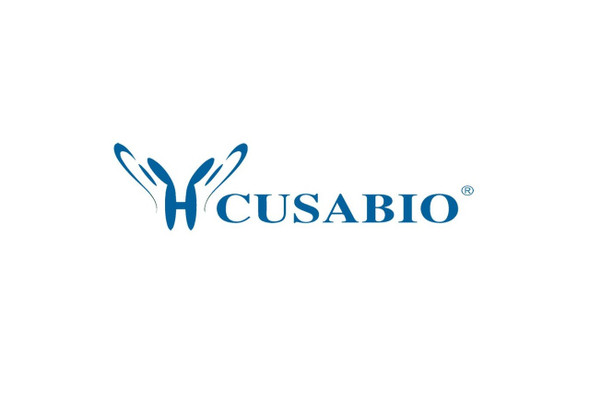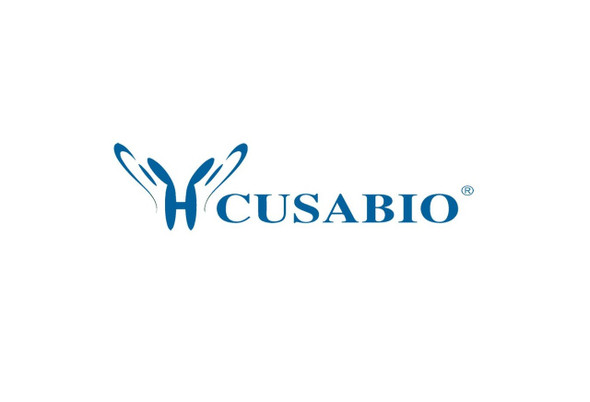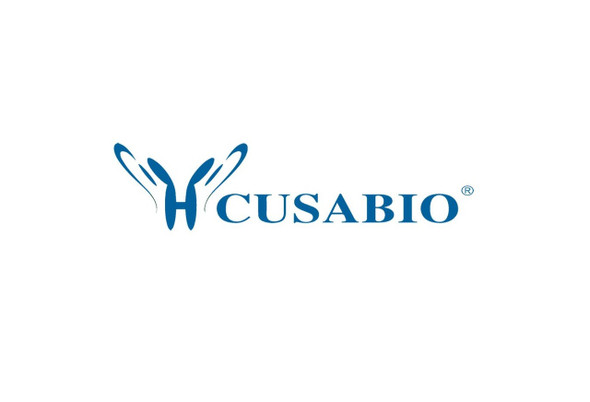Cusabio Active Proteins
Recombinant Human Fractalkine protein (CX3CL1) (Active) | CSB-AP000801HU
- SKU:
- CSB-AP000801HU
- Availability:
- 5 to 10 Working Days
Description
Recombinant Human Fractalkine protein (CX3CL1) (Active) | CSB-AP000801HU | Cusabio
Protein Description: Partial
Alternative Name (s) : C-X3-C motif chemokine 1, Neurotactin, Small-inducible cytokine D1, ,
Gene Names: CX3CL1,FKN,NTT,SCYD1,A-152E5.2
Research Areas: Immunology
Species: Homo sapiens (Human)
Source: E.Coli
Tag Info: Tag-Free
Expression Region: 25-100aa
Sequence Info: QHHGVTKCNI TCSKMTSKIP VALLIHYQQN QASCGKRAII LETRQHRLFC ADPKEQWVKD AMQHLDRQAA ALTRNG
Biological Activity: Fully biologically active when compared to standard. The biological activity determined by a chemotaxis bioassay using human T-lymphocytes is in a concentration of 5.0-10 ng/ml.
MW: 8.6 kDa
Purity: >97% as determined by SDS-PAGE and HPLC.
Endotoxin: Less than 1.0 EU/µg as determined by LAL method.
Relevance: The soluble form is chemotactic for T-cells and monocytes, but not for neutrophils. The membrane-bound form promotes adhesion of those leukocytes to endothelial cells. May play a role in regulating leukocyte adhesion and migration processes at the endothelium. Binds to CX3CR1. {ECO:0000269|PubMed:21829356}.
PubMed ID: 9024663; 10493829; 15489334; 19838169; 22171320; 9931005; 10770945; 21829356
Notes: Repeated freezing and thawing is not recommended. Store working aliquots at 4℃ for up to one week.
Function: Acts as a ligand for both CX3CR1 and integrins. Binds to CX3CR1
Involvement in disease:
Subcellular Location: Cell membrane, Single-pass type I membrane protein, SUBCELLULAR LOCATION: Processed fractalkine: Secreted
Protein Families: Intercrine delta family
Tissue Specificity: Expressed in the seminal plasma, endometrial fluid and follicular fluid (at protein level) . Small intestine, colon, testis, prostate, heart, brain, lung, skeletal muscle, kidney and pancreas. Most abundant in the brain and heart.
Paythway: Chemokinesignalingpathway
Form: Lyophilized powder
Buffer: Lyophilized from a 0.2 µm filtered PBS, pH 7.4
Reconstitution: We recommend that this vial be briefly centrifuged prior to opening to bring the contents to the bottom. Please reconstitute protein in deionized sterile water to a concentration of 0.1-1.0 mg/mL.We recommend to add 5-50% of glycerol (final concentration) and aliquot for long-term storage at -20℃/-80℃. Our default final concentration of glycerol is 50%. Customers could use it as reference.
Uniprot ID: P78423
Uniprot Entry Name: X3CL1_HUMAN
HGNC Database Link: HGNC
UniGene Database Link: UniGene
KEGG Database Link: KEGG
STRING Database Link: STRING
OMIM Database Link: OMIM









